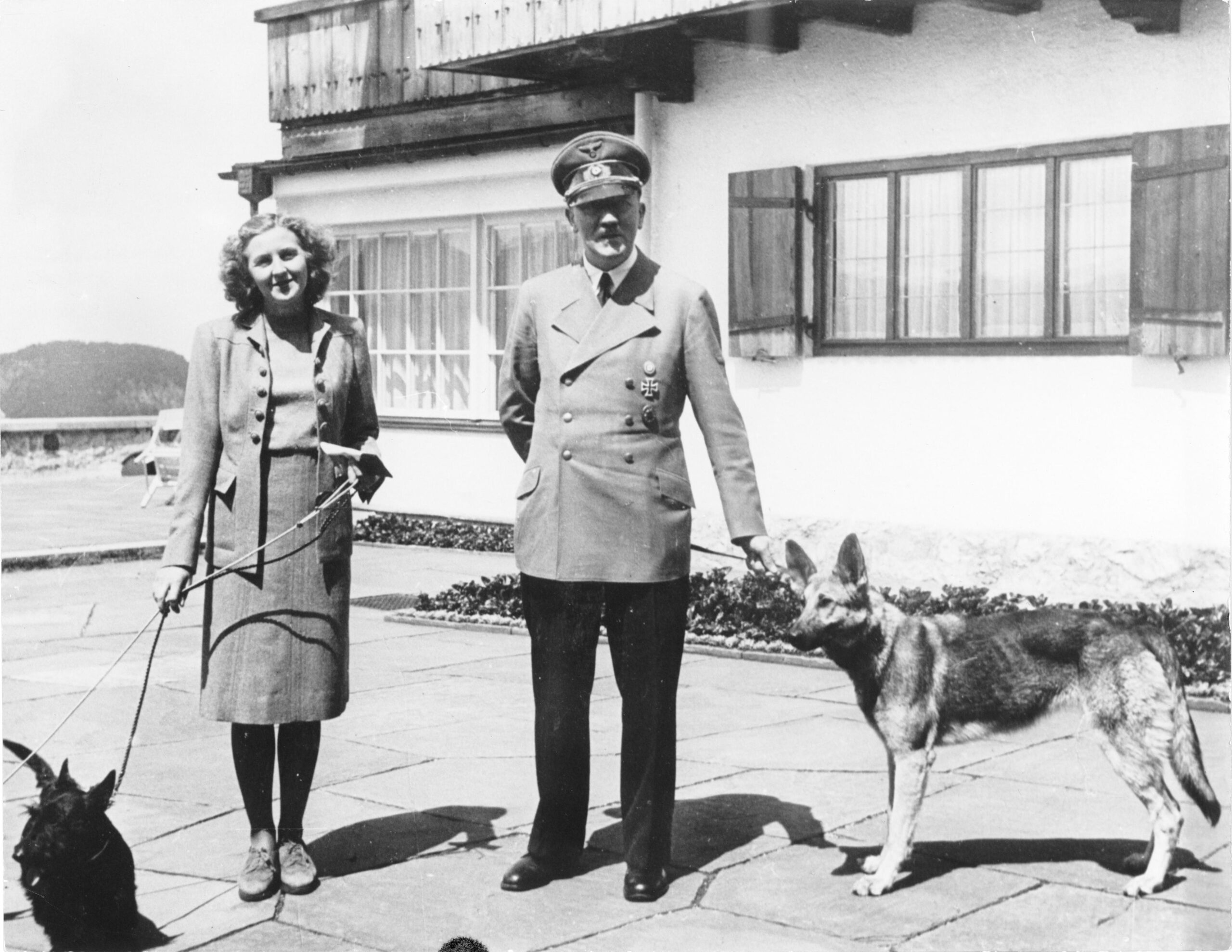The Third Reich ended not with a triumphant last stand, but with a gunshot in a bunker. On April 30, 1945, as Soviet forces stormed Berlin, Adolf Hitler—the dictator who plunged Europe into war—took his own life inside the Führerbunker. It was the final act of a man who refused to surrender.
By late April, Germany was in ruins. Allied forces advanced from the west. The Red Army closed in from the east. Inside Berlin, chaos reigned. Hitler, once omnipotent, now hid underground, isolated and betrayed by his own inner circle.
Hitler married his longtime partner Eva Braun just after midnight on April 29. By then, he had already decided he would not be captured. The next afternoon, the newlyweds retreated to his private study. Around 3:30 p.m., they were dead—Braun by cyanide, Hitler by a bullet to the head. Witnesses later recalled the smell of gunpowder and cyanide in the room. Before his death, Hitler dictated a will, naming Admiral Karl Dönitz as his successor. He ordered that his body and Eva’s be burned—he had just learned that Mussolini had been executed and his corpse desecrated. Hitler refused a similar fate.
The bodies were carried out of the bunker, doused in petrol, and set alight. What remained was barely recognizable. Soviet forces reached the area soon after, sparking decades of rumors, misinformation, and conspiracy theories about Hitler’s fate.
Hitler’s suicide did not stop the fighting overnight, but it signaled the collapse of Nazi command. Within a week, Germany surrendered. The dictator who promised a thousand-year Reich had lasted only twelve years. Hitler’s death in a bunker beneath the crumbling Reich Chancellery was not just the end of a man—it was the collapse of a brutal regime.

